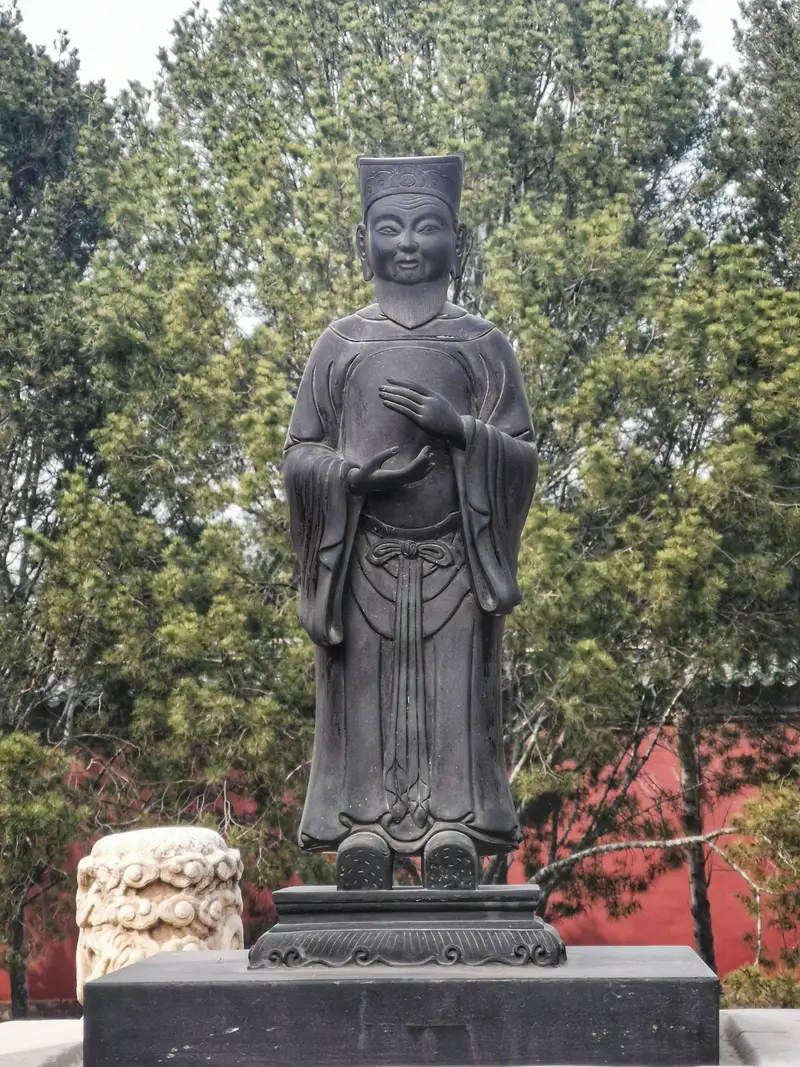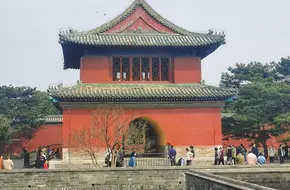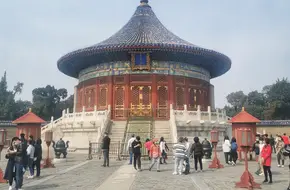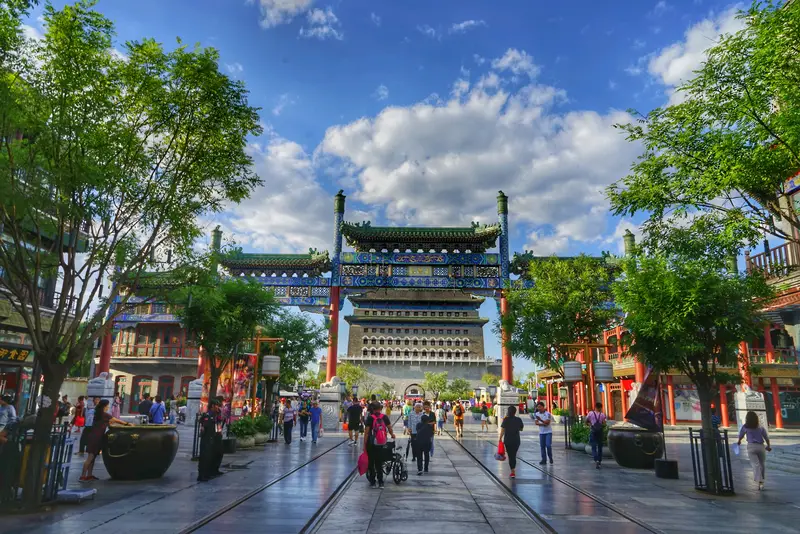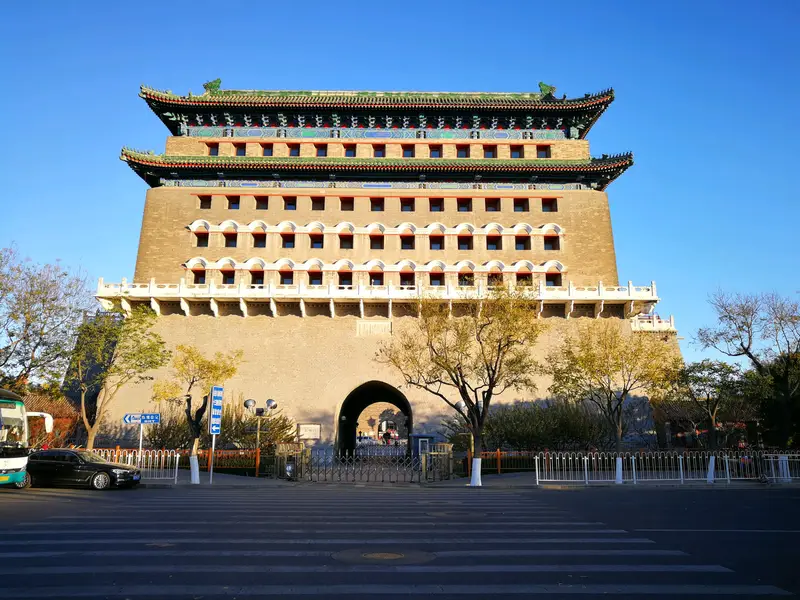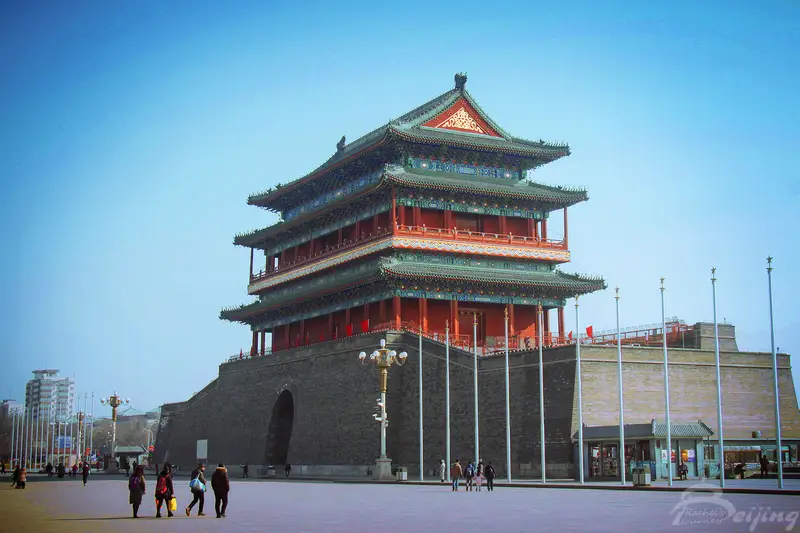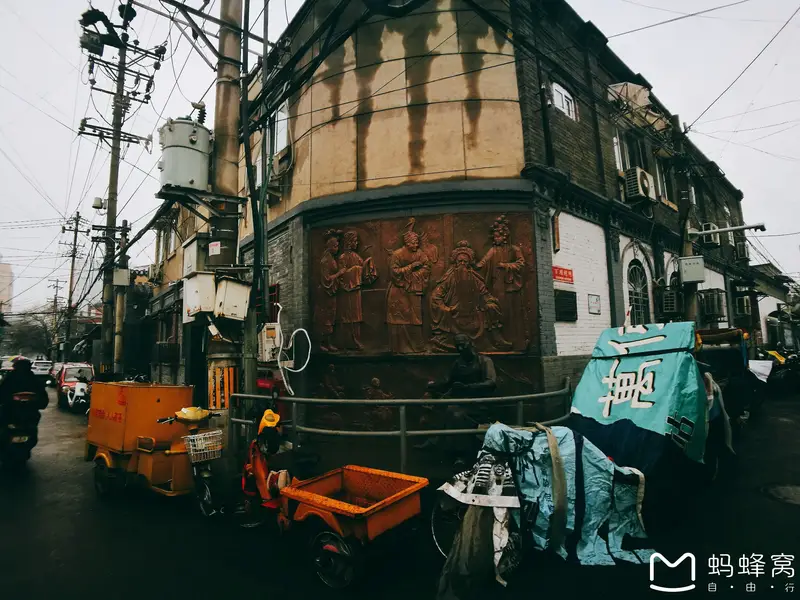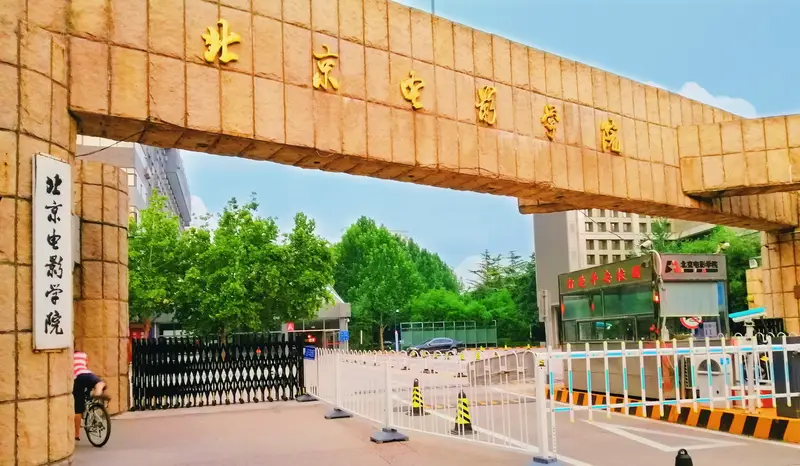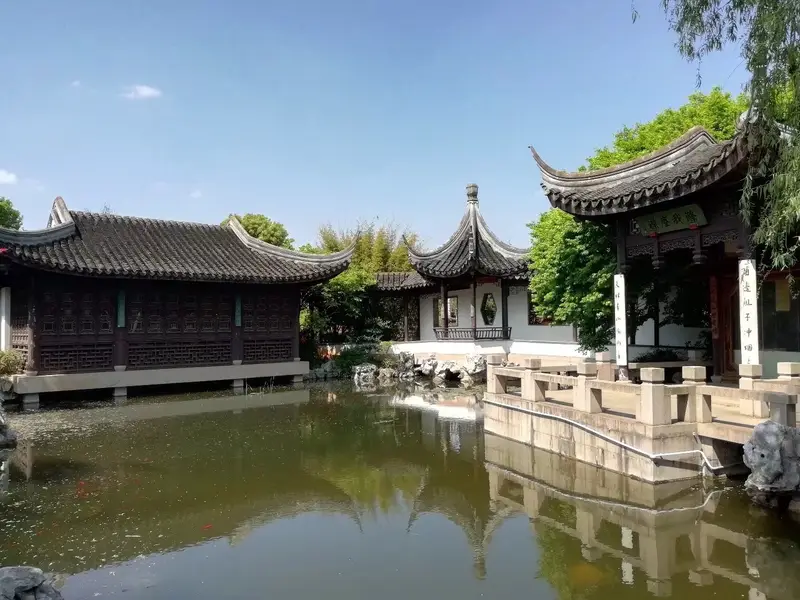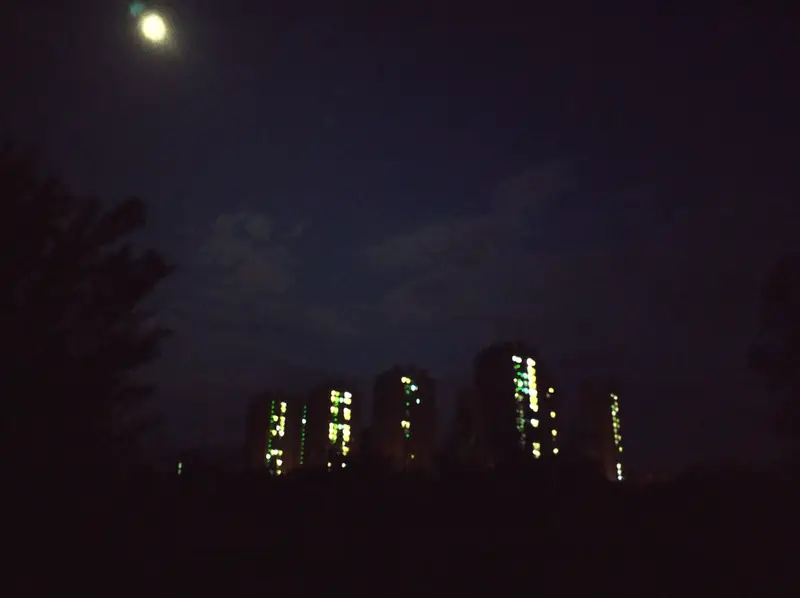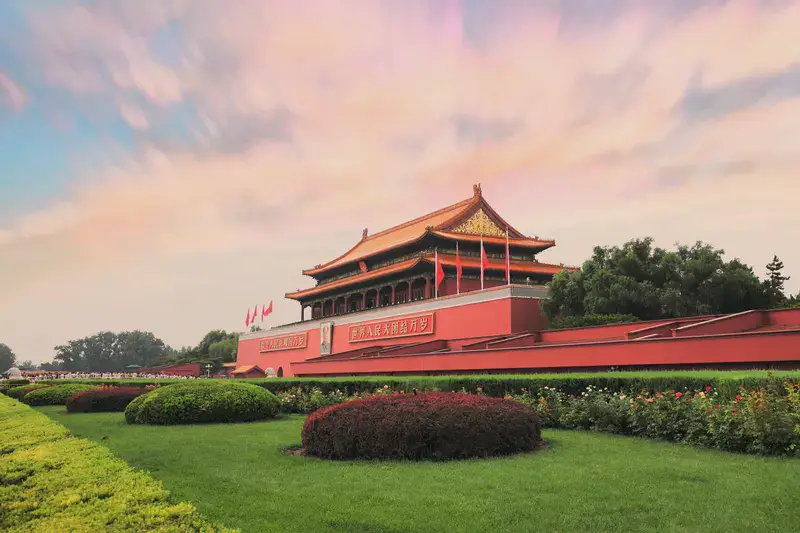Guxi Gate, nestled in the serene grounds of the Temple of Heaven in Beijing, sits quietly at Tiantan Lu in Dongcheng District. To reach this hidden gem, take Metro Line 5 or 6 to Tiantan East Gate station, then walk toward the iconic Hall of Prayer for Good Harvests. Keep an eye out for a small, unassuming door on the west side of the Imperial Vault of Heaven—that’s Guxi Gate! It’s easy to miss, but its story is worth every step.
Natural Scenery
The gate blends seamlessly into the Temple of Heaven’s timeless beauty. Ancient cypress trees, some over 400 years old, frame the area, their twisted branches whispering secrets of dynasties past. In autumn, golden leaves carpet the paths, adding a touch of poetry to the historic site. Though Guxi Gate itself is small, its setting—a stone’s throw from the grand Circular Mound Altar—offers a peaceful escape from crowds.
Cultural Heritage
Guxi Gate’s charm lies in its quirky history. In 1779, Emperor Qianlong, then 70, had this tiny door carved into the wall of the Imperial Vault of Heaven. Why? To skip a long walk during his worship rituals—practical, right? But here’s the twist: he decreed that only emperors who lived past 70 could use it. Bad luck for his successors—none reached that age, leaving the gate locked for over two centuries. Today, it’s a humorous reminder of imperial vanity and fate’s irony.
Historical Stories
This isn’t just a door—it’s a tale of ambition and regret. Qianlong, proud of his longevity, bragged that future rulers would need divine blessings to unlock Guxi Gate. Ironically, none did, making it a symbol of both his achievement and the short-lived reigns of Qing emperors. The gate’s rusty lock, untouched for generations, feels like a silent witness to history’s cruel joke.
Facilities
While Guxi Gate remains closed, the Temple of Heaven complex is visitor-friendly. Nearby, you’ll find clean restrooms, souvenir shops, and English-speaking guides. For a deeper dive into Guxi Gate’s story, join a guided tour—local experts love sharing the quirky details. Don’t forget to rent a audio guide; they often highlight lesser-known gems like this!
Visiting Experience
Stand before Guxi Gate, and let your imagination wander. Peer through the iron grille (carefully—it’s古蹟!) and imagine Qianlong’s entourage hurrying him through this shortcut. Though you can’t step inside, the gate’s simplicity—a plain wooden door framed by weathered stone—radiates quiet dignity. Pair your visit with a stroll to the Red Stairs or the Echoing Wall for a full immersion in imperial rituals.
Pro Tips
- Best Time: Visit early morning or late afternoon to avoid crowds and catch soft sunlight on the ancient bricks.
- Photo Op: The gate’s faded red lacquer contrasts beautifully with surrounding greenery. Zoom in for texture shots!
- Local Insight: Ask staff about the gate’s nickname, “the door of regret.” They’ll chuckle—Qianlong’s grandson, Jiaqing, famously sighed, “Grandfather thought too highly of us!”
Guxi Gate may be small, but its story is huge. A peek through its bars isn’t just sightseeing—it’s peering into the minds of emperors. And hey, if you live past 70… maybe one day you’ll get the keys! 🗝️


